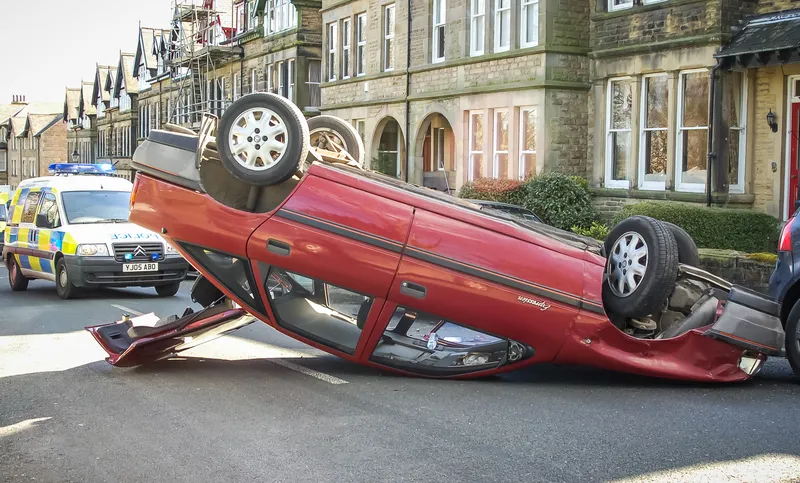Announcing a decrease in traffic fatalities in Tennessee, US, earlier this year, the Tennessee Department of Safety and Homeland Security indicated preliminary figures of 988 traffic fatalities in 2013, a 2.7 per cent decrease compared to 2012, when there were 1,015 traffic fatalities.
At the same time, Tennessee Highway Patrol (THP) Colonel Tracy Trott said: “In 2014, we will employ a predictive analytics model to look even more closely at where traffic crashes are most likely to occur and deploy our resources, both in educational efforts and enforcement. We hope that this new tool will help reduce serious injury and fatal crashes across the state.”
Since then, the THP has been making use of a new predictive analytics program, which the department is calling Crash Reduction Analysing Statistical History, or CRASH. It looks at the Tennessee road network in segments of 30 square m iles; then within those segments, it estimates traffic risks in four-hour increments. While it’s too soon to tell exactly how effective the technology has been, THP reports that traffic fatalities are 5.5 per cent lower now than this time in 2013.
THP can program in any number of factors that can impact traffic, from local events to weather patterns and historic crash data and CRASH will determine which factors are most relevant in a given segment.
According to THP, CRASH has had an accuracy rate of approximately 72 per cent. Using this information, THP has been able to deploy officers more efficiently, allowing them to either prevent accidents or reach the scene more quickly.
The CRASH program cost $243,000 and was funded by federal grants through the Governors Highway Safety Office, according to the THP.
THP has also deployed a predictive analytics model aimed at predicting where and when drivers who are under the influence of drugs or alcohol will be on the road. One of the factors that program considers is the location of places that sell alcohol.
CRASH aids crash reduction
Announcing a decrease in traffic fatalities in Tennessee, US, earlier this year, the Tennessee Department of Safety and Homeland Security indicated preliminary figures of 988 traffic fatalities in 2013, a 2.7 per cent decrease compared to 2012, when there were 1,015 traffic fatalities. At the same time, Tennessee Highway Patrol (THP) Colonel Tracy Trott said: “In 2014, we will employ a predictive analytics model to look even more closely at where traffic crashes are most likely to occur and deploy our res
August 6, 2014
Read time: 2 mins








